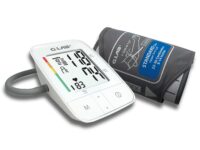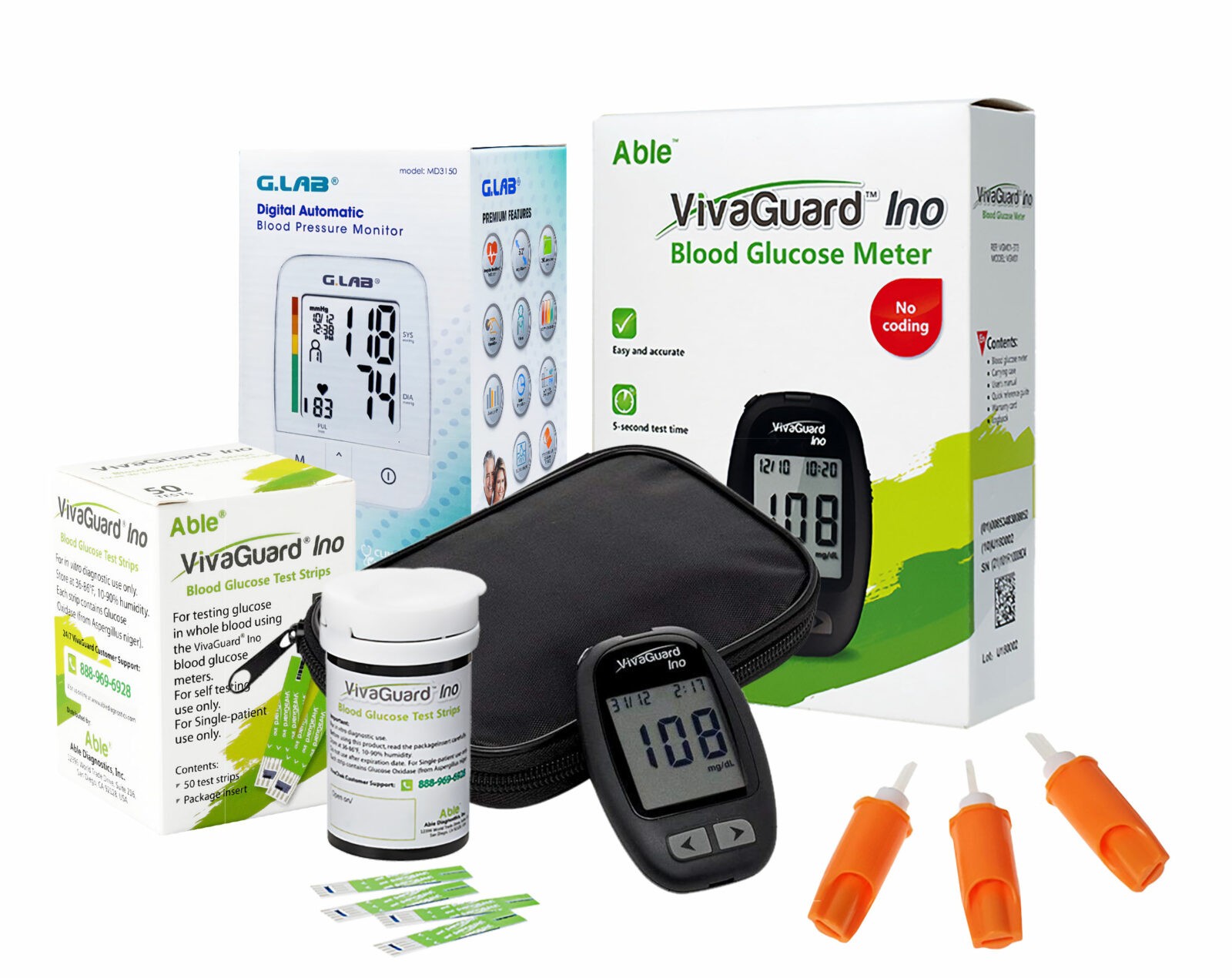Also called: Diabetic complications
If you have diabetes, your blood glucose, or blood sugar, levels are too high. Over time, this can cause problems with other body functions, such as your kidneys, nerves, feet, and eyes. Having diabetes can also put you at a higher risk for heart disease and bone and joint disorders. Other long-term complications of diabetes include skin problems, digestive problems, sexual dysfunction, and problems with your teeth and gums.
Very high or very low blood sugar levels can also lead to emergencies in people with diabetes. The cause can be an underlying infection, certain medicines, or even the medicines you take to control your diabetes. If you feel nauseated, sluggish or shaky, seek emergency care.
NIH: National Institute of Diabetes and Digestive and Kidney Diseases
Type 1 diabetes is a disorder characterized by abnormally high blood sugar levels. In this form of diabetes, specialized cells in the pancreas called beta cells stop producing insulin. Insulin controls how much glucose (a type of sugar) is passed from the blood into cells for conversion to energy. Lack of insulin results in the inability to use glucose for energy or to control the amount of sugar in the blood.Type 1 diabetes can occur at any age; however, it usually develops by early adulthood, most often starting in adolescence. The first signs and symptoms of the disorder are caused by high blood sugar and may include frequent urination (polyuria), excessive thirst (polydipsia), fatigue, blurred vision, tingling or loss of feeling in the hands and feet, and weight loss. These symptoms may recur during the course of the disorder if blood sugar is not well controlled by insulin replacement therapy. Improper control can also cause blood sugar levels to become too low (hypoglycemia). This may occur when the body’s needs change, such as during exercise or if eating is delayed. Hypoglycemia can cause headache, dizziness, hunger, shaking, sweating, weakness, and agitation.Uncontrolled type 1 diabetes can lead to a life-threatening complication called diabetic ketoacidosis. Without insulin, cells cannot take in glucose. A lack of glucose in cells prompts the liver to try to compensate by releasing more glucose into the blood, and blood sugar can become extremely high. The cells, unable to use the glucose in the blood for energy, respond by using fats instead. Breaking down fats to obtain energy produces waste products called ketones, which can build up to toxic levels in people with type 1 diabetes, resulting in diabetic ketoacidosis. Affected individuals may begin breathing rapidly; develop a fruity odor in the breath; and experience nausea, vomiting, facial flushing, stomach pain, and dryness of the mouth (xerostomia). In severe cases, diabetic ketoacidosis can lead to coma and death.Over many years, the chronic high blood sugar associated with diabetes may cause damage to blood vessels and nerves, leading to complications affecting many organs and tissues. The retina, which is the light-sensitive tissue at the back of the eye, can be damaged (diabetic retinopathy), leading to vision loss and eventual blindness. Kidney damage (diabetic nephropathy) may also occur and can lead to kidney failure and end-stage renal disease (ESRD). Pain, tingling, and loss of normal sensation (diabetic neuropathy) often occur, especially in the feet. Impaired circulation and absence of the normal sensations that prompt reaction to injury can result in permanent damage to the feet; in severe cases, the damage can lead to amputation. People with type 1 diabetes are also at increased risk of heart attacks, strokes, and problems with urinary and sexual function.
 CALL US NOW:
CALL US NOW: 










 March 21, 2022
March 21, 2022  John Mwesigwa
John Mwesigwa 


